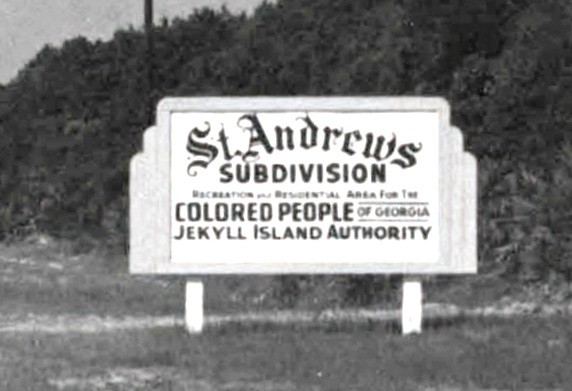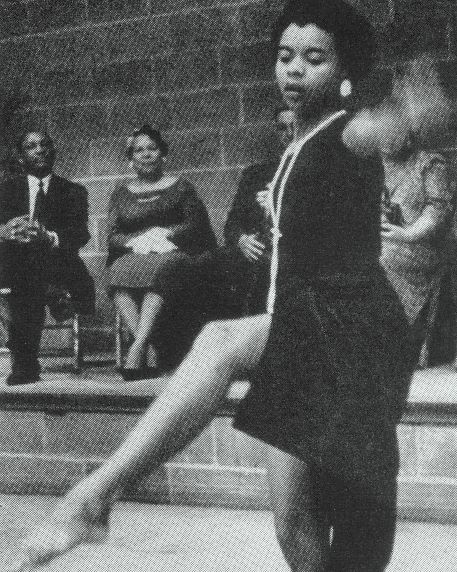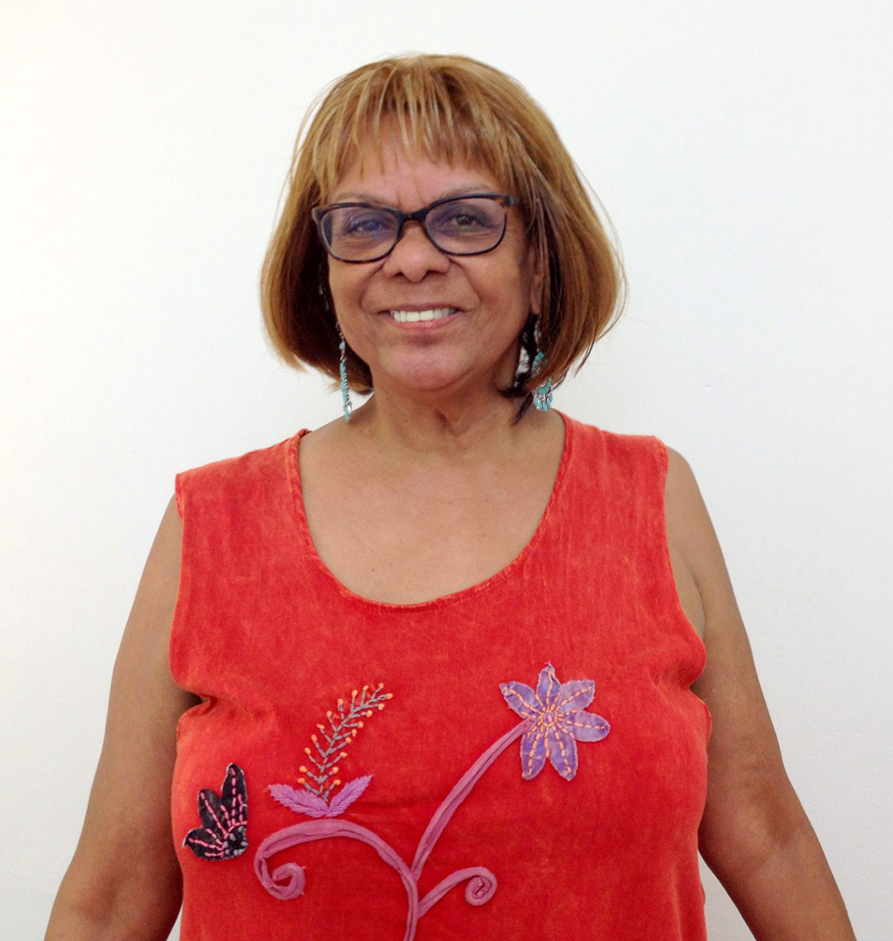by Allison Dupuis, JIA Museum Educator
In 1955, the Jekyll Island State Park Authority approved two separate construction projects for the island’s southern end near St. Andrews Beach. Only five years earlier, African American community leaders from Brunswick had petitioned for and won access to Jekyll Island’s beaches. With this victory, St. Andrews Beach became the first (and, at the time, only) public beach in Georgia accessible to black visitors. The southern end of the island now needed amenities to provide for these crowds of beachgoers.
The first construction project, the Beach Pavilion, was completed in September of 1955, bringing concessions, a jukebox, and other amenities to St. Andrews. The second project, a set of segregated residential and commercial lots called St. Andrews Subdivision, was approved in the same year. At first, the subdivision didn’t receive much interest. However, following the success of the nearby Dolphin Club Motor Hotel and Lounge during the late 1950s and early 1960s, some local residents began to choose spots for vacation homes at St. Andrews Beach.
In 1963, Brunswick couple Genoa and Mamie Martin became the first residents of St. Andrews Subdivision. The couple were already well-known as community leaders in Glynn County, Georgia. Genoa Martin managed both Seldon Park, in Brunswick, and ran a beloved weekly radio program. He also worked with a genre of musical acts like those that graced the Dolphin Club stage. As a promoter, Martin brought nationally known musicians like James Brown, Cab Calloway, and Duke Ellington to the Brunswick area. By 1963, Martin and his family had submitted plans for a beach house and a request for a building permit to the Jekyll Island State Park Authority, which were approved on January 21. Over the preceding years as St. Andrews Subdivision flourished around them, the Martin family remained central figures of African American life on Jekyll Island.
Decades later, Genoa and Mamie’s daughter, Sandra Martin Mungin, shared fond memories of her time at the house on Jekyll Island. Like her parents, Sandra was an involved member of the community both in Brunswick and on Jekyll Island. She was a teenager when her parents built their house in St. Andrews Subdivision. Her friends flocked to the house to enjoy all the area had to offer including fishing, barbecues, dances at the Beach Pavilion, and walking on the beach. Sandra’s favorite memories of life on Jekyll Island involved “just spending time with my father and friends and doing simple things. Enjoying the beauty of Jekyll Island and what it has to offer. We just had a good time! That’s what it was all about, living over here, was to enjoy the place!”
This summer, Mosaic, Jekyll Island Museum is excited to collect oral histories of life on Jekyll Island as it continues to celebrate its 75th anniversary as a State Park. Like Sandra’s recollections, these oral histories share the depth and variety of experience on the island from the 1940s through today. Do you have a Jekyll Island story to tell? Visit the Mosaic website to share your unique memories with the curatorial team — your story may be recorded into our archives to further shape Jekyll Island’s rich history!




